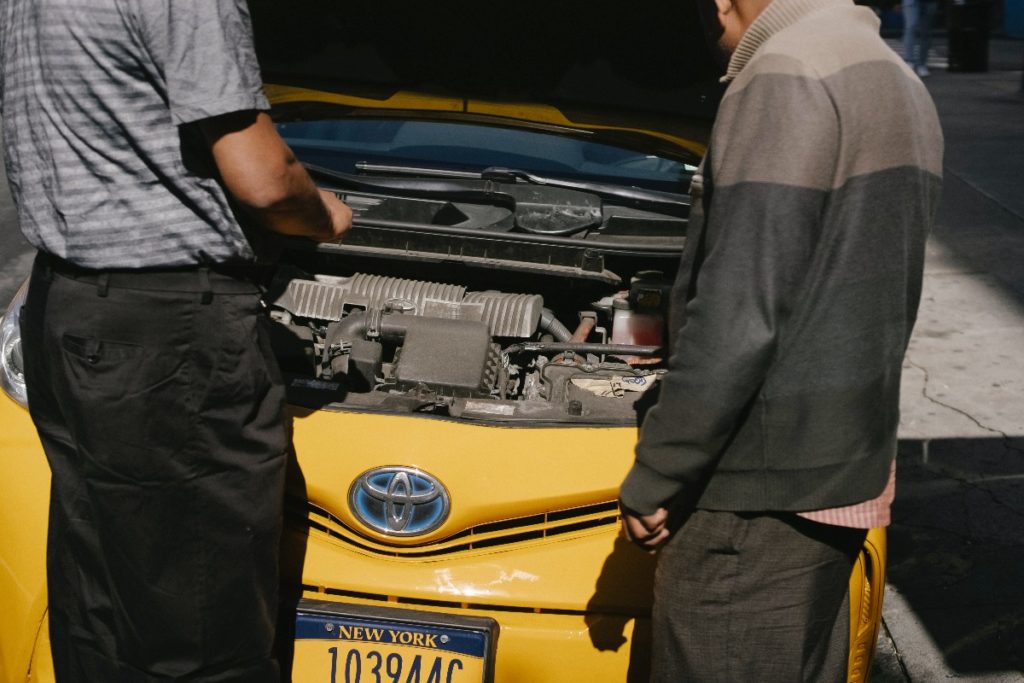Proper car maintenance requires time, effort, and resources on your part. And if there’s one thing you need to understand early on, it’s that you need to look beyond superficial qualities. You’re in for a rude awakening if you only focus on your car’s looks. Every part of the vehicle, including under the hood, needs to be given due attention to keep your car in good condition.
One part of your vehicle you need to keep a close eye on is the electrical system. This system powers many of your car’s features, including the lights, the radio, and the windows and locks are. You also wouldn’t be able to start your vehicle if the electrical system is shot. If you take the time to learn how this system works, you can then do a little preventive maintenance to prevent larger issues from cropping up down the line.
But you also need to go beyond DIY maintenance. Working with a commercial electrician ensures that your car will last for a long time. Here are a few safety tips you need to know when working on your car’s electrical system.
1. Know the basic hazards
We all know on some level that electricity is dangerous. Still, it’s a lot easier to understand specific instructions and safety precautions if you know how your car’s electrical system works. While most vehicles run on diesel or gasoline, the electrical system is still powerful enough to cause electricity-related injuries, especially if the body completes a circuit.
Cars are full of materials that conduct electricity, and if you add water and the human body to the mix, it could be a recipe for disaster. Most electricity-related injuries include falls, electric shocks, and burns. Fatal electrocution isn’t an unheard-of occurrence. To prevent these accidents, make sure to familiarize yourself with electrical hazards.
2. Watch where your hands go
You need to watch where your hands go when working on the electrical system. For instance, you could get electrocuted if you come into contact with conducting materials such as metal. You also need to make sure that your hands and the work area are dry. Make it a point to inspect the surroundings for puddles or other sources of moisture.
Always wear personal protective gear made of insulating materials such as rubber gloves when working with metal. That way, you minimize the damage caused by accidental exposure to an electrical current.
3. Disconnect the battery
So you’ve covered yourself in protective gear and secured the work area. The next thing you need to do is to disconnect the source of electricity. If you’re working on a specific part, it could be as simple as unplugging the right cables. But if you’re not sure, it’s safer to disconnect the battery altogether.
Once the battery has been disconnected, use a tester to ensure that the vehicle has been completely de-energized. There could be trace amounts of electricity following through the circuit.

4. Learn basic fire safety
Where there is electricity, there always is the risk of fire. Vehicles are full of gasoline and other combustible or flammable fluids, which is why you shouldn’t smoke while working on exposed components. While electrical work doesn’t pose the same risks as smoking, you should still be careful when working near combustible materials. An errant spark could set a pile of old newspapers on fire.
Only work in a well-ventilated area. If you’re working indoors, make it a point to learn the fire extinguisher’s location and the fire alarm. It’s also smart to learn how to use a fire extinguisher before embarking on a major project.
A final word
Whether you’re a mechanic or a casual motorist, it’s important to know how to protect yourself and others when working on a vehicle. The electrical system is one of the most important vehicle components, and improper maintenance can lead to bigger issues down the line.




